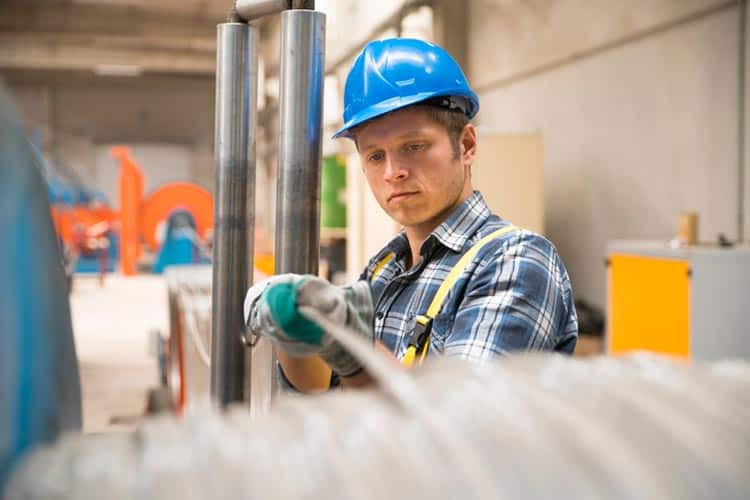First off, let’s talk about what coil former steel reinforcing is. Coil former steel reinforcing is a type of steel that is used to reinforce concrete structures. It is typically formed into coils and then cut to the desired length. The steel is then placed in the concrete to give it added strength and stability.
Now, let’s talk about the dangers associated with coil former steel reinforcing. One of the biggest dangers is the risk of injury or death from falling coils. These coils can weigh hundreds or even thousands of pounds, and if they are not properly secured, they can fall and cause serious injury or even death.
Another danger is the risk of electrocution. Coil former steel reinforcing is often used in conjunction with electrical equipment, and if the steel comes into contact with an electrical source, it can cause electrocution.
Finally, there is also a risk of respiratory problems. When the steel is cut, it releases dust and small particles that can be inhaled. Over time, this can lead to respiratory problems and even lung cancer.
So, now that we’ve talked about the dangers, let’s talk about some safety recommendations. The first and most important safety recommendation is to always wear proper safety gear when working with coil former steel reinforcing. This includes a hard hat, safety glasses, gloves, and a respirator.
Another safety recommendation is to properly secure the coils before working with them. This means using proper rigging equipment and ensuring that the coils are not able to fall or shift during the work process.
Finally, it is important to properly train workers on how to safely handle coil former steel reinforcing. This includes proper lifting techniques, how to properly secure the coils, and how to identify and avoid potential hazards.
In conclusion, coil former steel reinforcing is an important component of many concrete structures, but it is not without its dangers. It is important to take the necessary safety precautions to ensure that workers are safe and that the work is done properly. Remember, safety should always be the number one priority on any job site.
Cheers,

![]()



 Gary’s Safety Tips
Gary’s Safety Tips

